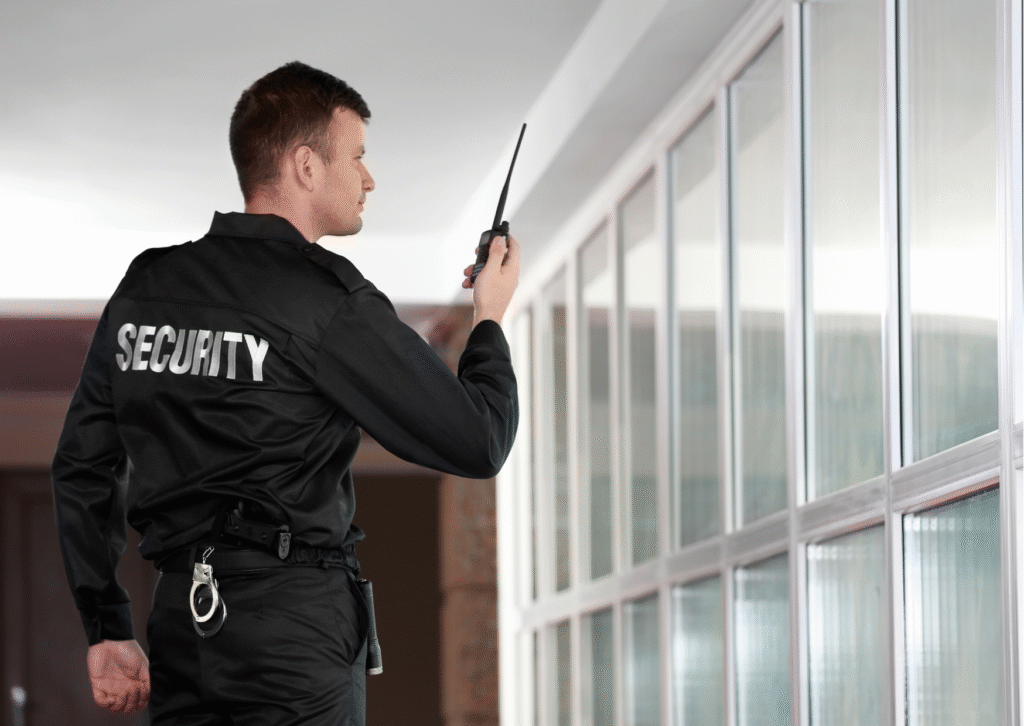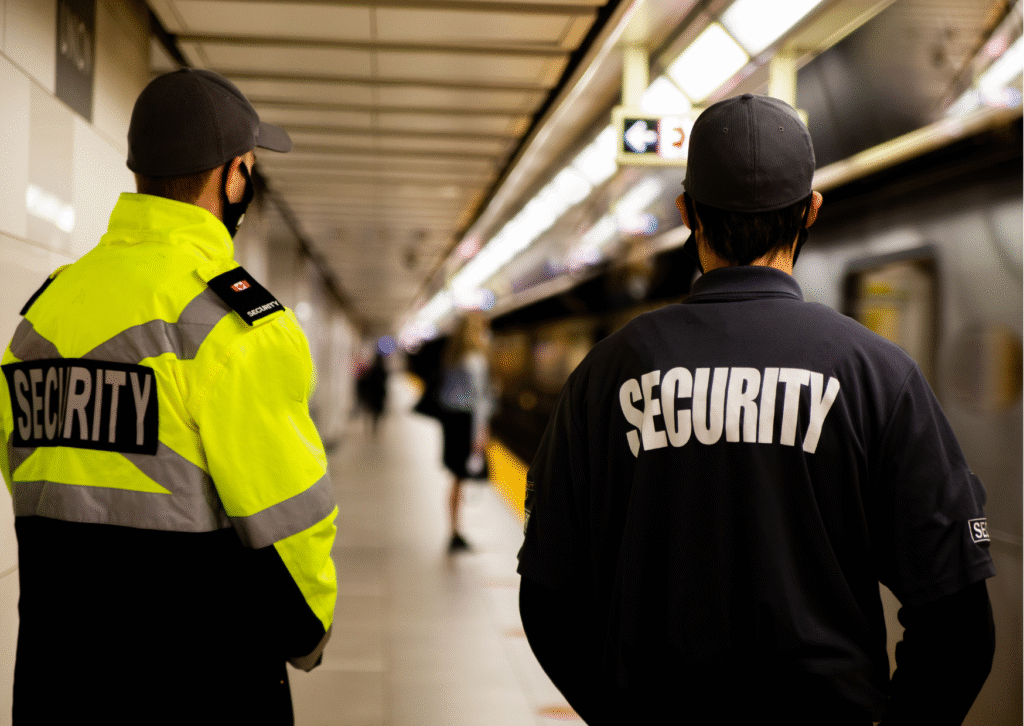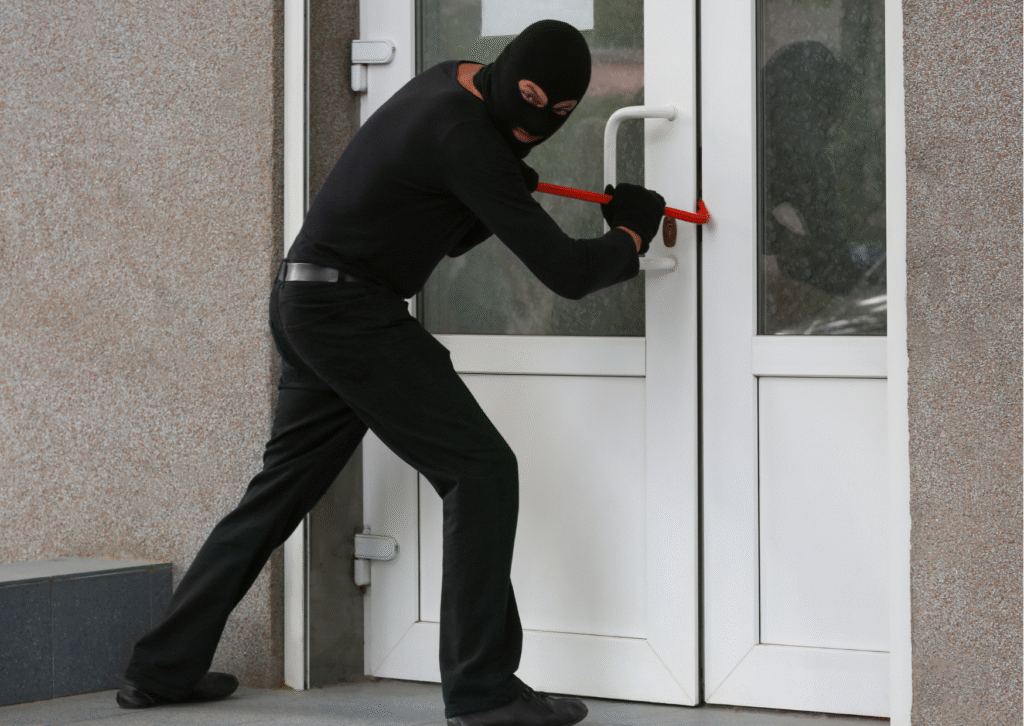
The Essential Role of Security Patrols: Beyond Presence and Perception
Security patrols play an essential role in safeguarding both property and individuals, acting as a visible deterrent to criminal activity like theft and vandalism. When people see security officers actively patrolling an area, it can instill a reassuring sense of safety within the community. The sight of uniformed officers patrolling the streets serves as a comforting presence, making many feel that they are protected from potential threats.
Yet, there’s an interesting debate to be had. Some argue that the presence of security patrols might actually create a false sense of security. This idea suggests that people may become overly reliant on these officers and, in turn, be less vigilant about their own safety. Are we trusting the patrols too much, potentially overlooking our own responsibility to stay aware of our surroundings?
Moreover, we shouldn’t overlook the fact that the effectiveness of security patrols can vary greatly depending on various factors, including the specific environment and, most importantly, the skills and demeanor of the officers themselves. A highly trained, observant officer can make all the difference in furthering a genuine sense of safety, while an officer who lacks engagement or knowledge may not provide the same level of reassurance.
Let’s delve deeper into these counterarguments, shining a light on the critical role that individual officers play in shaping our perceptions of safety.

Security patrols encompass far more than the mere presence of an officer in uniform strolling or standing in a public space; they represent a proactive commitment to community safety and vigilance. A security officer’s role is vital and multifaceted, demanding not just visibility but also a deep understanding of the environment they are tasked with monitoring. This necessitates the implementation of well-informed, disciplined patrol strategies, which include heightened situational awareness, a thorough knowledge of the surroundings, sharpened observation skills, established patrol patterns, and strategic use of various observation points.
Unfortunately, many security personnel receive little instruction in these critical elements, often relying on a mistaken belief in their competency to conduct effective patrols. This gap in training is significant because the mere presence of security can create a comforting illusion of safety for the public. People frequently assume that the sight of a uniformed officer means their belongings are secure. But when incidents of crime occur, the first reaction for many is to question, “Where was the security officer?” Additionally, there exists a common misconception that surveillance cameras are under constant watch, which adds to the unrealistic expectations placed upon security personnel. When individuals leave valuable items in plain view in their cars or unsecured in common areas, it can lead to unfortunate and preventable thefts. While personal responsibility plays a role, the effectiveness of the patrols should also be scrutinized.

Moreover, distractions pose a significant challenge during patrols. The monotony of the routine can invoke feelings of isolation, tempting officers to engage in side conversations or other non-essential activities that detract from their primary duty of observation. This issue is particularly concerning because individuals with malicious intent are often observing security routines, seeking opportunities to exploit lapses in attention.
Observation points—strategic locations from which to monitor surroundings—are invaluable tools in the realm of security, yet they are not utilized as effectively as they could be. These points allow officers to monitor multiple areas simultaneously while on patrol; however, many officers may unknowingly restrict their focus to hallways and doors, overlooking potential threats lurking in the external environment.
Additionally, while many officers may confidently assert that they possess strong observational skills, a more nuanced understanding of environmental behaviors—both human and animal—is often necessary. The ability to recognize subtle behavioral changes can be pivotal; for instance, noticing a person who suddenly hesitates or alters their path may indicate something unusual is taking place. Wildlife behaviors can offer clues as well—a flock of birds taking flight or a group of deer suddenly freezing in place can signal the presence of a person in the vicinity who may be trying to hide. Such nuances require training that sharpens officers’ abilities to not just spot overt signs of trouble but to discern the different shades of normalcy and alertness in their surroundings.
The responsibilities of security personnel are profound, demanding diligent attention and discipline in their daily duties. Training often emphasizes access control, alarm responses, and directing individuals, but there exists a crucial need for a comprehensive education on effective patrolling techniques that extend beyond mere routine checks. Each new location an officer encounters may require an adjustment in tactics, and officers must embrace the opportunity for growth and re-education in each unique environment and community they serve.
What do you think about this? Have you had any experience in the security industry? If yes, I’d love to hear about your training experience, particularly in relation to patrolling
